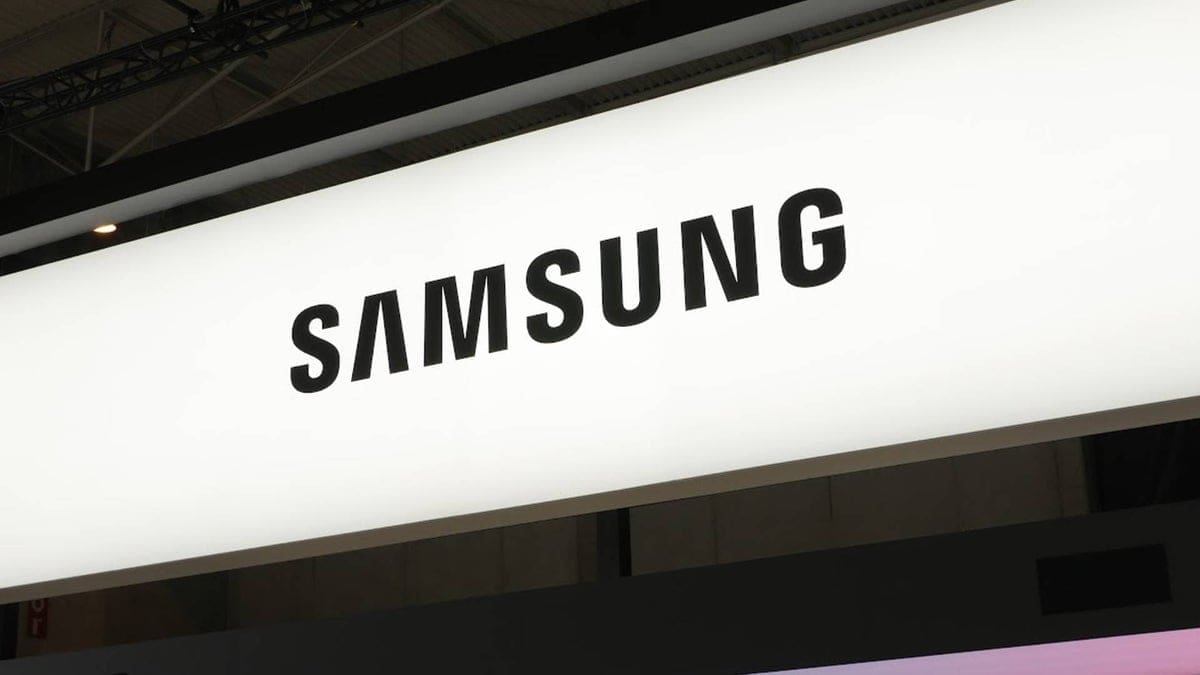This is an improvement from the D+ rating it received in 2021, but some say the progress has been slow. This Samsung Electronics subsidiary also manufactures QD-OLED and Micro LED panels for laptops, monitors, and TVs. It ranked behind LG Display in Greenpeace’s new report (via SamMobile).
No improvement has been noticed by the report at Samsung Semiconductor, which received a D+ rating for both 2021 and 2022. Samsung is being put behind all its main rivals (including Intel, SK Hynix, and TSMC). According to the same Greenpeace report, the semiconductor industry is estimated to emit around 86 million tons of CO2 equivalents in 2030.
While Samsung has pledged to become carbon neutral and use 100% renewable energy by 2050, it has not extended that pledge to its supply chain. Overall, the report from Greenpeace is taking into consideration decarbonization efforts by 11 big names that supply electronics components to major brands, including Apple, Google, Microsoft, and Samsung.
Greenpeace said in a statement, “It’s encouraging to see that electronics manufacturers are finally recognizing the need for climate action, but progress has been uneven and too slow. The ambition level of electronics manufacturers is still far from sufficient to ensure the global average temperature rise remains within 1.5 degrees Celsius.“
What about Apple?
Remember the Wonderlust event by Apple on September 12? The one where the Cupertino giant unveiled the iPhone 15 line and a bunch of other cool stuff. In it, a brief episode with Mother Earth was featured – that’s how Apple showed off what’s been doing lately for greener and less polluting tech. At the same event, Apple announced two carbon-neutral Apple Watch options for the Series 9 and the Ultra 2.
As it turns out, this little sketch didn’t convince folks over at the European consumer organization BEUC.
Monique Goyens, the director-general of BEUC, stated that the carbon neutral claims are “scientifically inaccurate and mislead consumers”. The EU is also planning on banning “carbon-neutral” claims. That’s because, in Apple’s press release, there’s an admission that the claim for the two Apple Watch models is based on the use of offsetting credits. According to the post, emissions were reduced from materials, electricity, and transportation. The small amount of emissions remaining, claims Apple, are offset with high-quality carbon credits.
Reportedly, the “small amount” of emissions left amounts to between 7 and 12 kg per watch.










